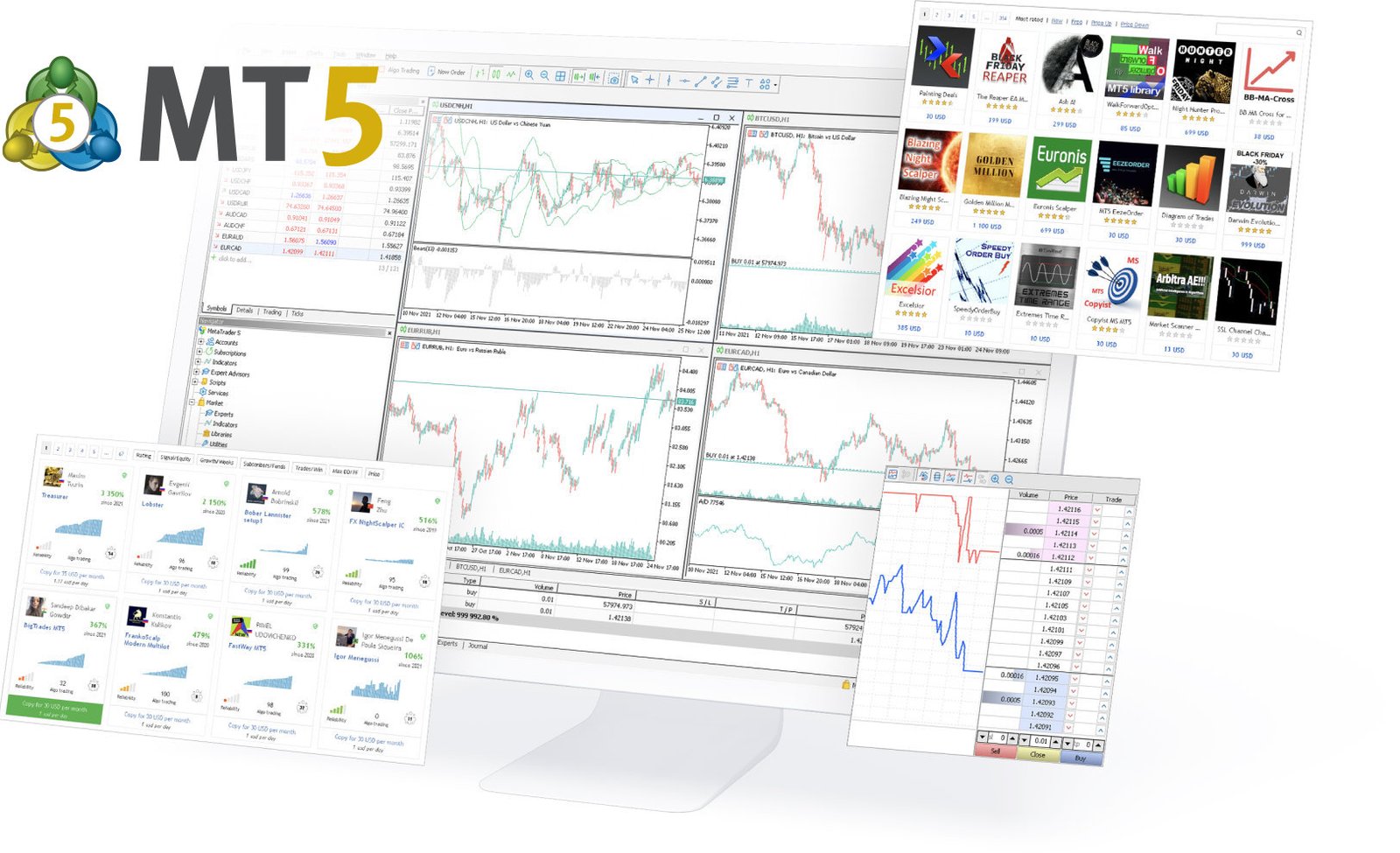Welcome back to my daily blog on forex day trading! In the last few posts, we’ve covered the basics of getting started, common mistakes to avoid, beginner-friendly strategies, how to read forex charts, and the top 5 forex day trading strategies. Today, we’ll focus on one of the most powerful tools in a trader’s toolkit: moving averages.
Moving averages are simple yet incredibly effective indicators that can help you identify trends, spot potential reversals, and improve your trading decisions. Whether you’re a beginner or an experienced trader, understanding how to use moving averages can take your trading to the next level. Let’s dive in!
What Are Moving Averages?
A moving average (MA) is a technical indicator that smooths out price data by creating a constantly updated average price. It helps traders identify trends by filtering out the “noise” of short-term price fluctuations.
Types of Moving Averages:
- Simple Moving Average (SMA): The average price over a specific period.
- Exponential Moving Average (EMA): Gives more weight to recent prices, making it more responsive to new information.
- Weighted Moving Average (WMA): Similar to EMA but with a different weighting method.
Why Moving Averages Are So Useful
- Trend Identification: Moving averages help you determine the direction of the trend.
- Support and Resistance: They can act as dynamic support/resistance levels.
- Entry and Exit Signals: Crossovers and price interactions with MAs can signal trading opportunities.
How to Use Moving Averages in Forex Trading
1. Identifying Trends
The most basic use of moving averages is to identify the trend.
- Uptrend: Price is above the moving average, and the MA is sloping upward.
- Downtrend: Price is below the moving average, and the MA is sloping downward.
- Sideways Trend: Price is oscillating around the moving average, and the MA is flat.
Example: On the EUR/USD chart, price is consistently above a 50-period SMA, and the SMA is sloping upward. This indicates a strong uptrend.
2. Moving Average Crossovers
A crossover occurs when two moving averages cross each other, signaling a potential change in trend.
- Golden Cross: A short-term MA (e.g., 50-period) crosses above a long-term MA (e.g., 200-period). This is a bullish signal.
- Death Cross: A short-term MA crosses below a long-term MA. This is a bearish signal.
Example: On the GBP/USD chart, the 50-period EMA crosses above the 200-period EMA, signaling a potential uptrend. You enter a buy trade.
3. Dynamic Support and Resistance
Moving averages can act as dynamic support and resistance levels.
- Support: In an uptrend, price often bounces off the moving average.
- Resistance: In a downtrend, price often reverses at the moving average.
Example: On the USD/JPY chart, price bounces off the 100-period SMA multiple times during an uptrend, confirming it as a support level.
4. Price Crossovers
Price crossing above or below a moving average can signal potential trading opportunities.
- Buy Signal: Price crosses above the moving average.
- Sell Signal: Price crosses below the moving average.
Example: On the AUD/USD chart, price crosses above the 50-period EMA, signaling a potential buy opportunity.

Popular Moving Average Strategies
1. The 50/200 Moving Average Crossover
- How It Works: Use the 50-period and 200-period MAs to identify long-term trends.
- Buy Signal: 50-period MA crosses above the 200-period MA.
- Sell Signal: 50-period MA crosses below the 200-period MA.
Example: On the EUR/USD chart, the 50-period SMA crosses above the 200-period SMA, signaling a long-term uptrend.
2. The Moving Average Ribbon
- How It Works: Use multiple MAs (e.g., 10, 20, 50, 100, 200) to create a “ribbon” that shows the strength of the trend.
- Buy Signal: All MAs are aligned upward, and price is above the ribbon.
- Sell Signal: All MAs are aligned downward, and price is below the ribbon.
Example: On the GBP/USD chart, all MAs are aligned upward, and price is above the ribbon, confirming a strong uptrend.
3. The Moving Average Bounce
- How It Works: Use a single MA (e.g., 20-period) to identify potential bounce points.
- Buy Signal: Price bounces off the MA in an uptrend.
- Sell Signal: Price reverses at the MA in a downtrend.
Example: On the USD/CAD chart, price bounces off the 20-period EMA multiple times during an uptrend, signaling buy opportunities.
Tips for Using Moving Averages Effectively
- Combine with Other Indicators: Use RSI or MACD to confirm signals.
- Adjust Timeframes: Use shorter MAs (e.g., 10-period) for scalping and longer MAs (e.g., 200-period) for swing trading.
- Avoid Overloading: Don’t use too many MAs on one chart—it can lead to confusion.
- Backtest Your Strategy: Test your MA strategy on historical data to ensure it works.
Common Mistakes to Avoid
- Ignoring the Trend: Don’t trade against the trend, even if you get a crossover signal.
- Using Too Many MAs: Stick to 1–3 MAs to avoid analysis paralysis.
- Over-Reliance on MAs: Combine with other tools (e.g., support/resistance, volume) for better accuracy.
Master the Basics, Then Build
Moving averages are one of the most versatile tools in a trader’s arsenal. By mastering their use, you can improve your ability to identify trends, spot reversals, and make informed trading decisions. Start with the basics, test different strategies, and refine your approach over time.
Action Plan for Beginners:
- Add a 50-period and 200-period MA to your chart.
- Practice identifying trends and crossovers on a demo account.
- Test a simple MA strategy (e.g., 50/200 crossover) for 2–3 weeks.
- Keep a trading journal to track your results.
Learn how to use moving averages to improve your forex trades—identify trends, spot reversals, and make better trading decisions with this powerful tool.
